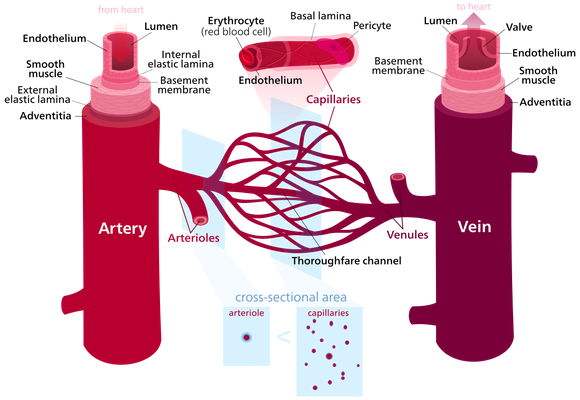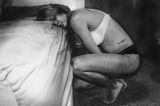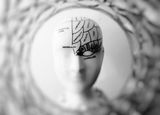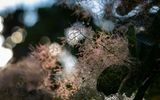Author: Yana Nencheva, Biochemist, PhD candidate in Biophysics
The circulatory system, in particular the heart, was a real mystery until a very late stage of human development. From 1507 onwards, many of Leonardo da Vinci's works were devoted to this problem. Initially, his research was based on observations of freshly slaughtered oxen and pigs, and later he had access to human bodies, and each dissection had to be performed quickly during the cold months before the decomposition process progressed.
Da Vinci studied the heart valves, the passage of blood through them, and then used his mechanical knowledge to describe them. Although science was a hobby for him, today it turns out that he was aware of many things that, if published, would have been of great help to the then surgeons. With the dissection of the heart of a deceased 100-year-old man, he made the first known description of coronary heart disease, which is one of the most common causes of death today.
In the 16th century, survival after surgery was more a matter of luck than precision. The status of surgeons was very low and such knowledge would have led to an increase in their quality of work and thus cure more patients. Unfortunately, his notes on the subject were not discovered until the end of the 18th century [ref. 1].
The circulatory system
By definition, the circulatory system is a collection of heart and blood vessels. Today, unlike da Vinci's time, from the young of us all it is clear where the heart is located and what its main function is. In this article, we will emphasize the specifics and activity of blood vessels, because only so we can explain the causes and ways of prevention of varicose veins.
The circulatory system is a closed system , that is, blood circulates only through the heart and blood vessels. Blood vessels are arteries → arterioles → capillaries → veins → veins.
- The heart is a hollow organ whose function is to create and maintain proper blood circulation. It acts as a pump that boosts blood.
- On the arteries passes the blood from the heart , which means that in additionto "tubular" structures, they will also have to help push the fluid further along the way.
- Arterioles are the next type of blood vessels, and they have a structure similar to that of the arteries, only they are thinner. The thinner they become, the elasticity decreases and the musculature increases. From them the blood goes to the capillaries;
- Capillaries carry out the exchange of gases (oxygen and carbon dioxide) and substances between blood and tissues.
- Venuli let's imagine them as a thinner analogue of the veins, they absorb the blood from the capillaries and carry it to the veins;
- Veins (and similarly venuli) as opposed to arteries, they don't need such thick musculature in their walls, they are much thinner, and for this we can imagine them as wide tubes with thin walls on which the blood should simply be moving in one direction. The one-way movement is secured with flaps that open only in one direction and are dependent on the surrounding musculature. This structure makes them very susceptible to pressure and deformation.
What are varicose veins
Since the veins have a very weak, neglected smoothmuscular layer, for blood circulation they rely on the musculature of the body. As we move and exercise, our muscles shorten and help the movement of blood in the body.
However, if our daily life is often tied to prolonged standing in a chair, normal blood flow in the lower extremities is prevented. Of course, there are also people who have a genetic weakness on the wall of blood vessels, and they should initially be preventive of theproblem , if they are familiar with it before the symptoms occur.
Improper posture and immobilization in the long term lead to relaxation and deformation of the venous walls. An analogue with hemorrhoids can be made, since the problem is of a similar nature [ref. 2]. Correct circulation is disturbed, because the valves are gradually damaged. As a result, the one-way movement of blood is compromised, the external manifestations of varicose veins appear, and so slowly and steadily damages this blood system so important to our body [ref. 3].
How to prevent varicose veins
I have chosen these simple and comfortable exercisesas they are not time-intensive and do not require any special preparation. Especially the first two, you can do as you sit in your chair by the desk. They are from the YouTube channel of physiotherapist Dr. Joe, which emphasizes that this set may not be suitable for your individual situation, so if there is pain and discomfort, [ref. 4] should bediscontinued .









